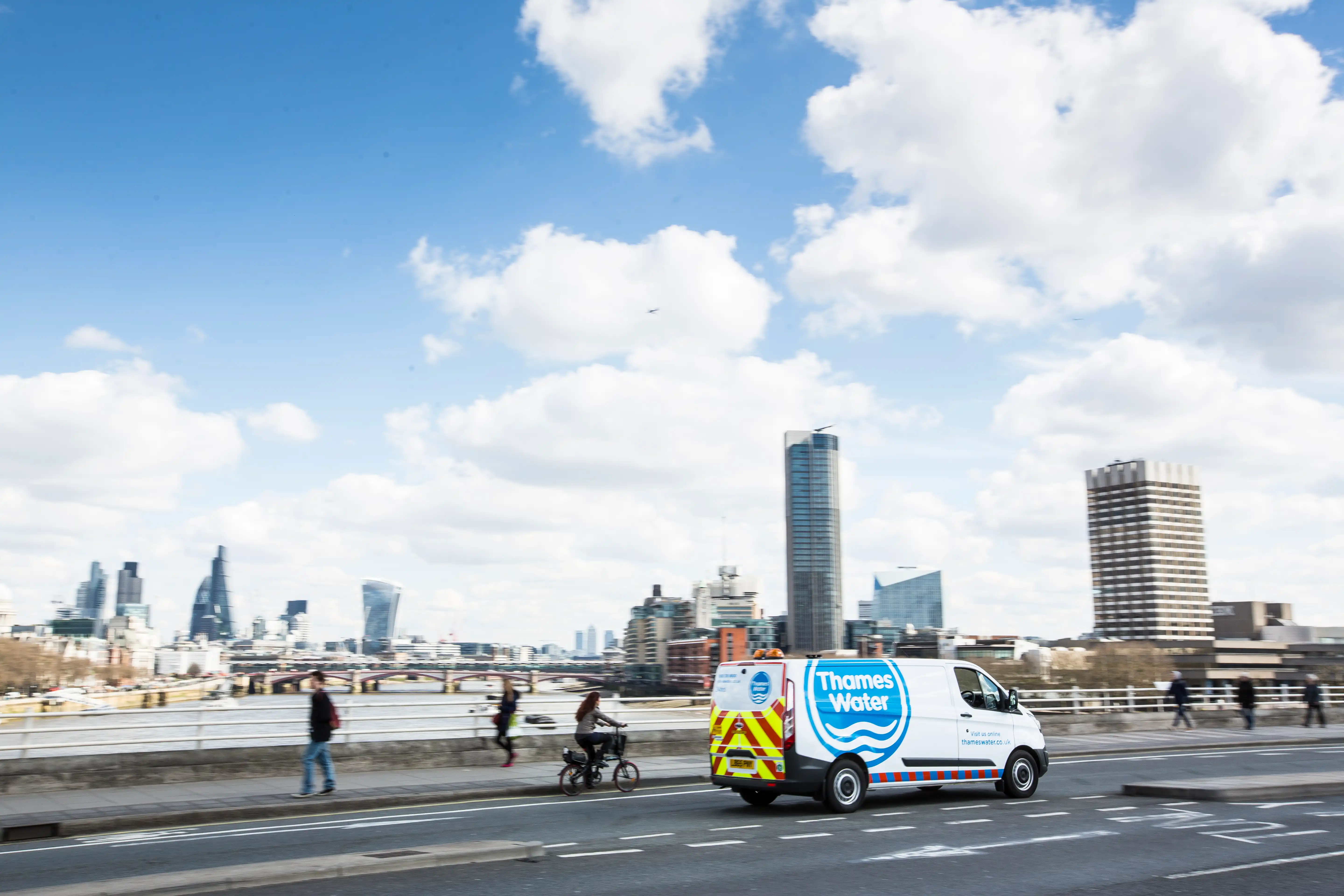
Teddington Direct River Abstraction (TDRA)
A drought resilience project for London.
We’re proposing to build a new reservoir near Abingdon in Oxfordshire.
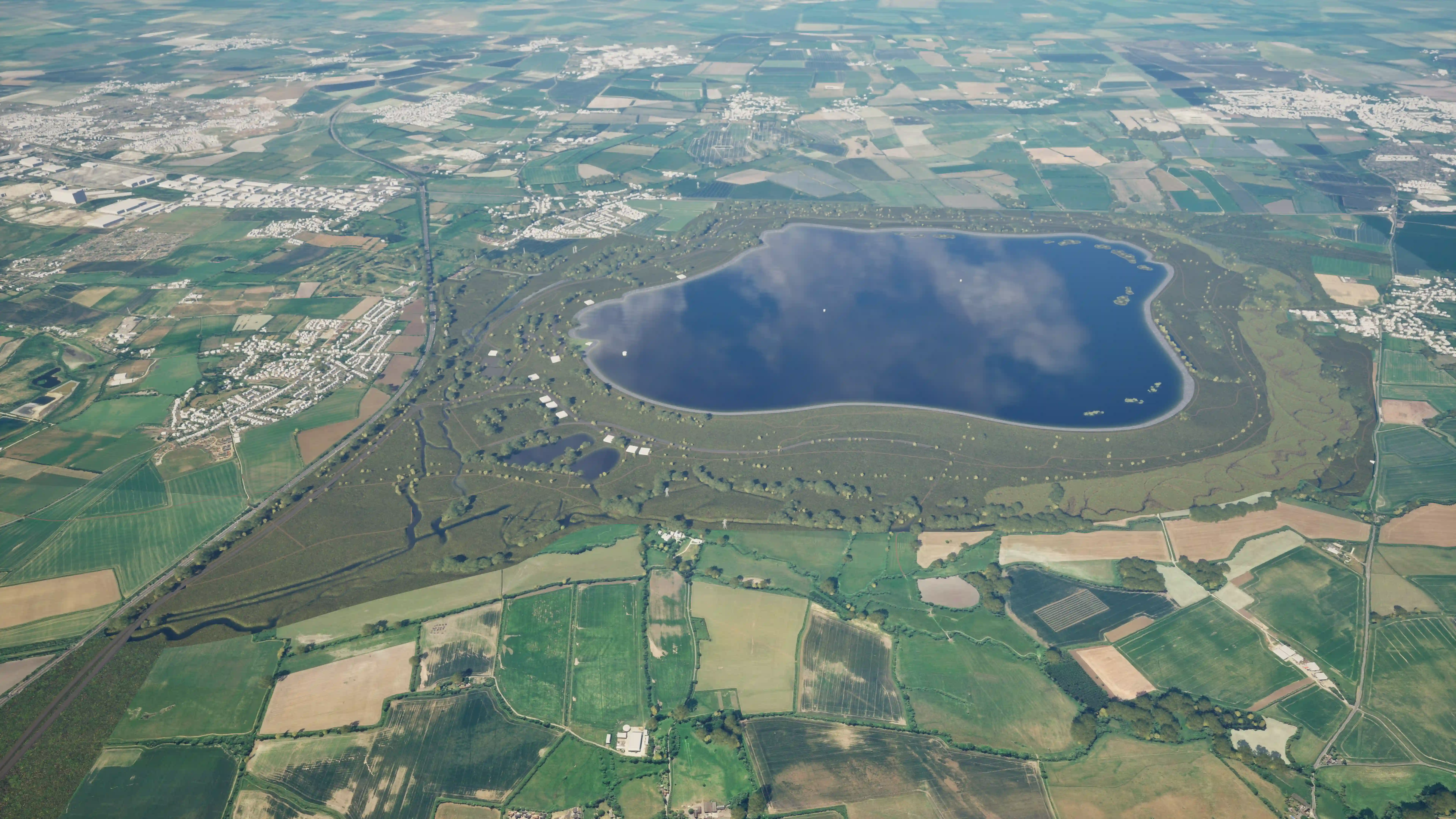
Thank you to everyone who took part in our summer 2024 public consultation on our emerging proposals for the new reservoir. Customer and community feedback is at the heart of our plans. We're engaging stakeholders and local communities as we go, to understand priorities and gather important information and feedback which will all be considered and will help to shape our proposals.
We had over 1,500 responses to our summer 2024 consultation and more than 1,200 people attended our programme of local community information events. The feedback gathered, which has been independently verified by Ipsos, is playing a vital role in helping to inform the next stage of the design process.
We’ll present more information on our progress during the summer of 2025 and publish our Statement of Response. This sets out how the feedback received during public consultation in 2024 has been considered. It will also show the changes that have been made in response to feedback. You’ll also be able to have your say on our updated proposals during the Statutory Consultation period later in 2025.

At the end of August 2024, we secured government approval for our Water Resource Management Plan (WRMP) and we published our final plan on 18 October 2024. We remain on track to submit an application for development consent to the Planning Inspectorate in 2026, seeking the powers to build the new reservoir.
As part of one of the early steps in the Development Consent Order process, on 28 August 2024 we requested an Environmental Impact Assessment (EIA) Scoping opinion from the Planning Inspectorate (PINS), who are acting on behalf of the government (Secretary of State for Environment, Food and Rural Affairs). EIA Scoping is an important stage in the development consent process. PINS provided their Scoping Opinion on 8 October 2024, and we are now undertaking our environment assessments based on this Scoping Opinion. You can find out more about the EIA process here.

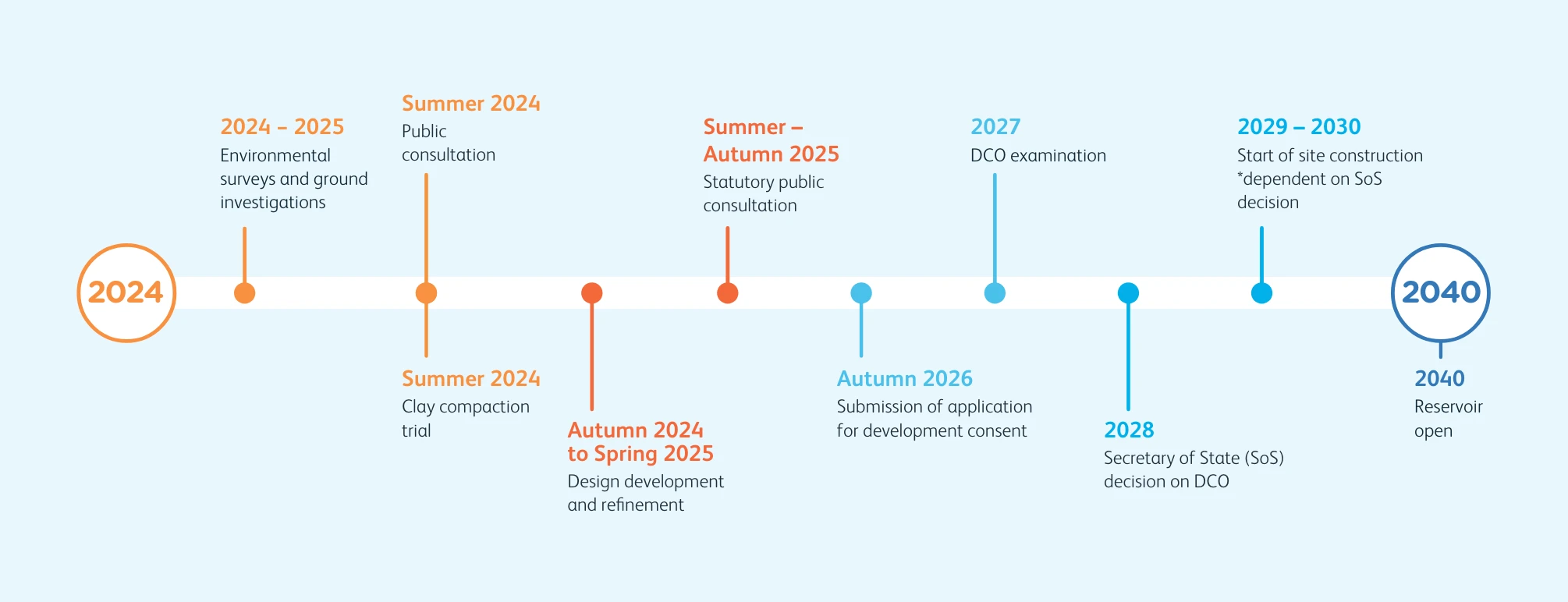
The reservoir would be filled with water from the River Thames in the winter, when there is plenty available. When river levels drop, or demand for water increases, water would be released from the reservoir back into the river for re-abstraction downstream.
The proposed new reservoir would supply water to local customers, as well as homes and businesses across London and the South East. As well as providing a resilient water supply for the South East, the reservoir would also provide opportunities to create new habitats and increase biodiversity, as well as providing new leisure and recreation facilities. The reservoir would provide water to customers across the South East, including customers served by Affinity Water and Southern Water.
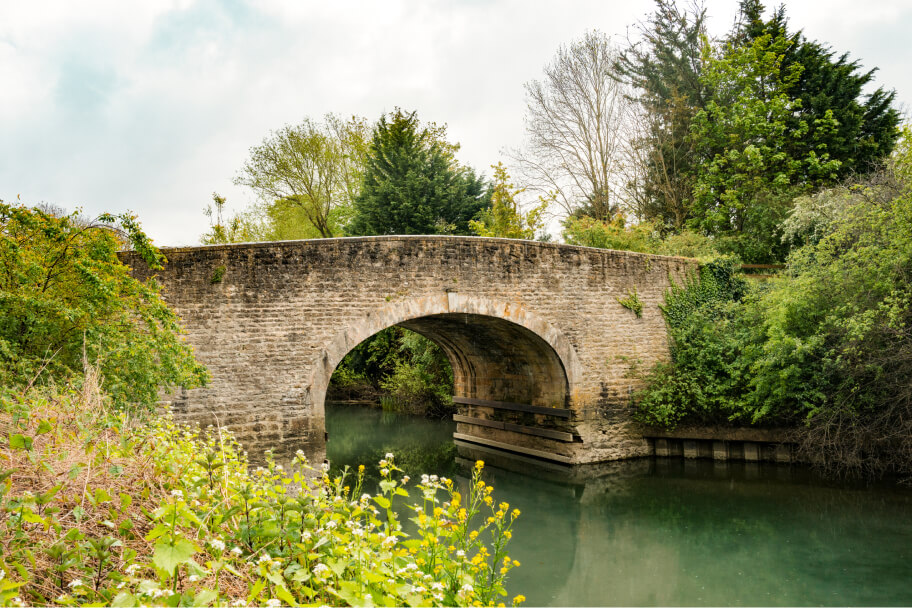
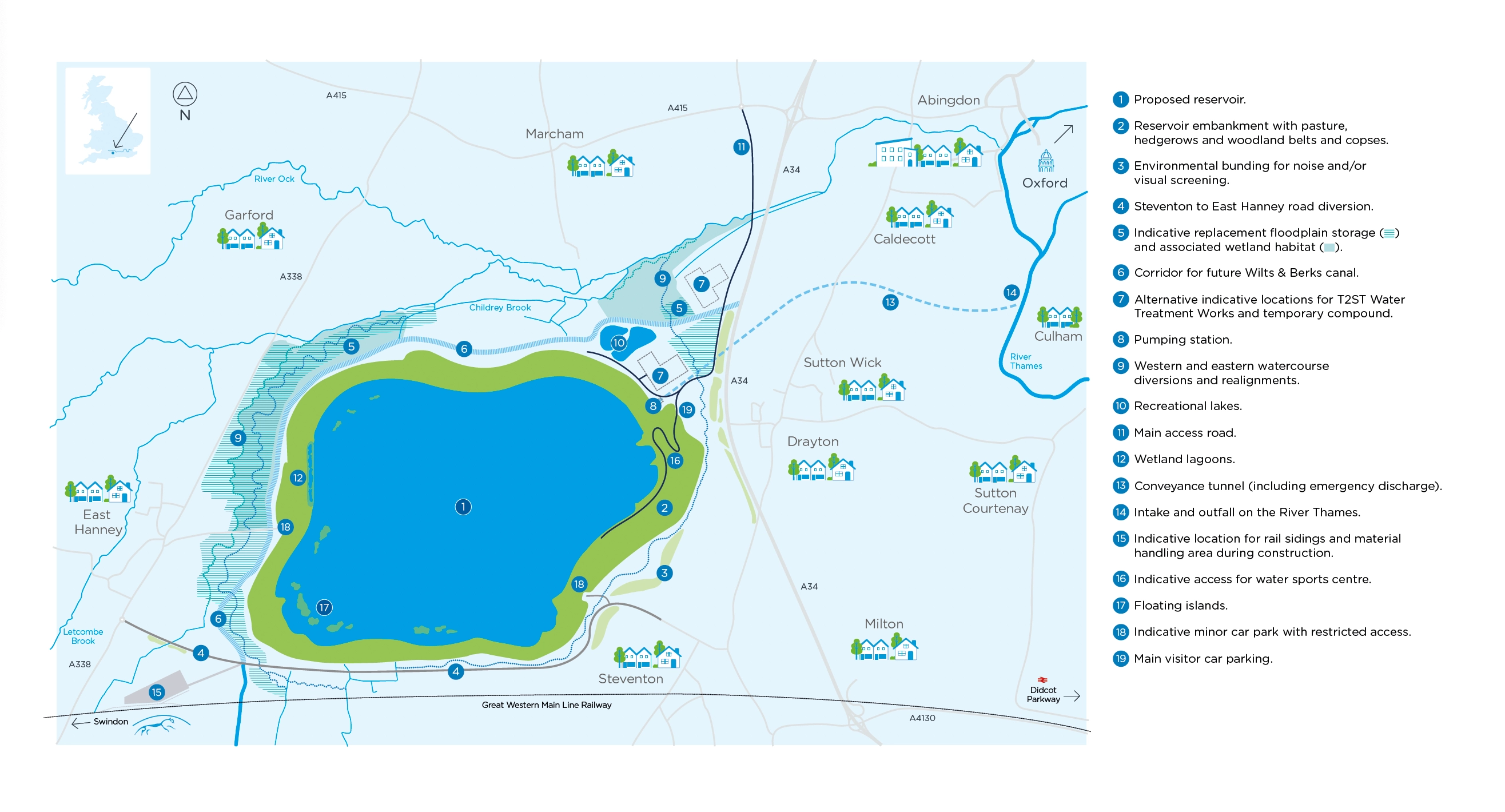
Our proposals for the new reservoir have been overseen by RAPID (Regulators’ Alliance for Progressing Infrastructure Development), a consortium of water industry regulators. RAPID has implemented a ‘gated’ regulatory process to ensure that all new strategic water supply options are considered in a fair, consistent and transparent way, and that our customers’ money is spent wisely.
More information about RAPID and the gated process can be found here, where you will also find the technical reports, additional information provided to RAPID and feedback from RAPID relating to the project.

We intend to submit an application for a Development Consent Order (DCO) in 2026, seeking permission to construct and maintain the new reservoir. If granted, construction is forecast to begin in 2029 with the reservoir planned to begin operating in 2040. The planning process will allow people to have their say on the proposed new reservoir before a final decision is made by the Secretary of State. Demonstrating that we have had regard to local and regional concerns is an important part of the DCO process. Before formally applying for a DCO, Thames Water must carry out public consultation and consider feedback.
Find out more about the DCO process in our factsheets in the Document Library.
More information is also available on the Planning Inspectorate website.
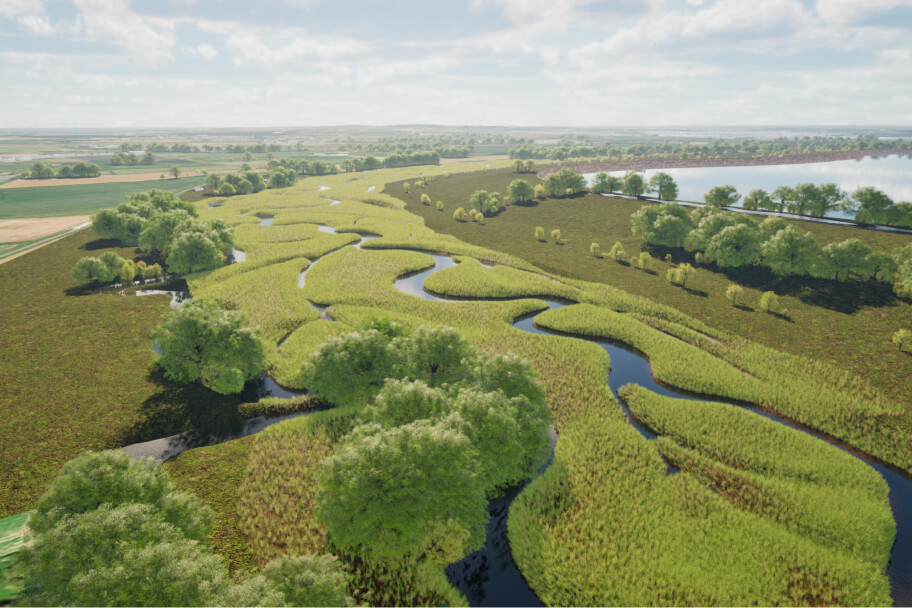
To inform the design proposals for the reservoir, we’re carrying out a range of surveys to build a thorough understanding of the local geology. This includes ground investigations and a clay compaction trial to understand how the strength and water content of the local Kimmeridge clay changes when it’s compacted.
The first phase of our clay compaction work saw the creation of a temporary access road from the Hanney Road to reach the site and the removal of site topsoil. During Autumn 2024 we created a borrow pit to extract the clay. Our next steps are to build the 3 metre high embankments and test the strength and water content of the local clay.

After a pause during the winter when the weather was particularly wet, work resumed in March 2025 and will continue through the spring.
We’ve also begun our archaeological assessment works. These are necessary to ensure we document and preserve anything of archaeological significance below the surface of the ground. The investigations consist of a number of shallow trenches, within fields around the site area, formed by excavators, which you may see from the public rights of way surrounding the fields. We are storing the topsoil safely within the fields before replacing it at the conclusion of the investigations.

You can stay up-to-date on all our latest news and important information relating to the project in our Document Library.
If you have any questions, please contact us.
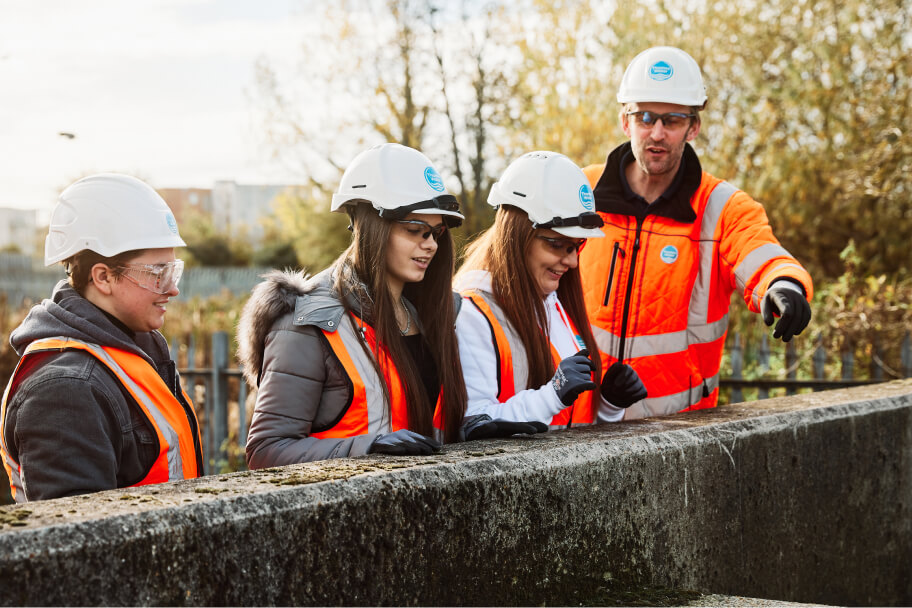

A drought resilience project for London.
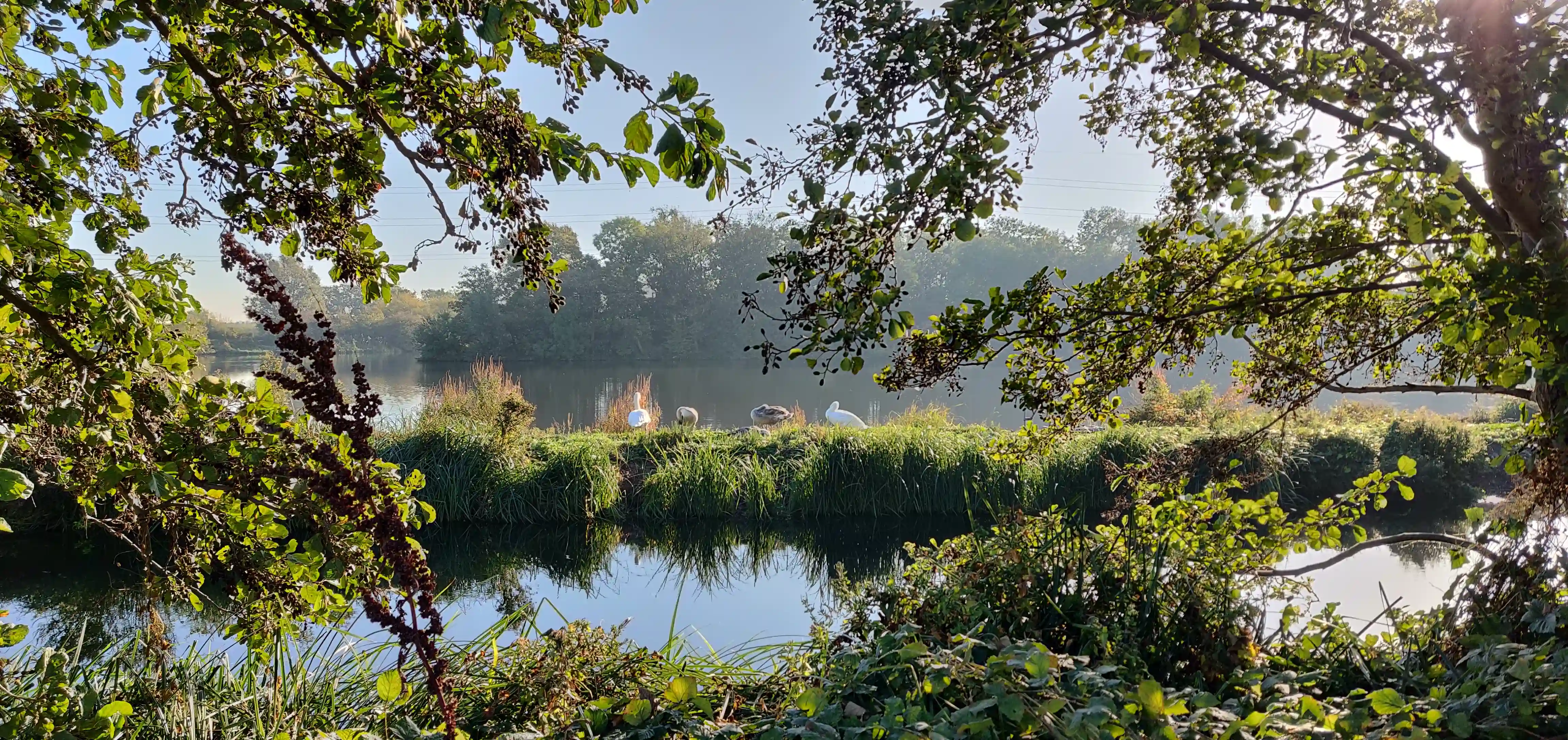
Considering water transfer options.